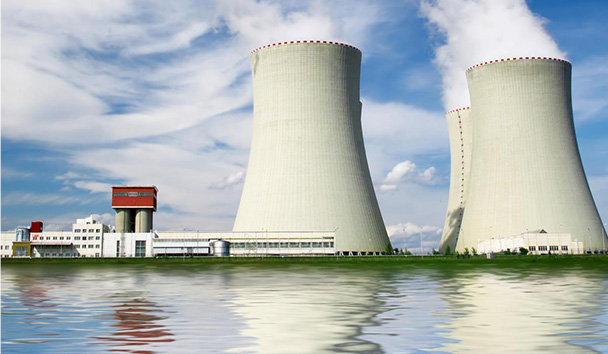In the specialized field of membrane water treatment, cleaning chemistry plays a critical role in maintaining system efficiency and extending membrane lifespan. Among the core components of any high-performance Reverse Osmosis Membrane Special Acidic Cleaning Agent are chelating agents and dispersants. These additives are often mentioned but rarely explored in depth. Understanding their roles provides not only technical insight but also helps users make informed decisions when selecting cleaning formulations tailored to their specific fouling conditions.
Chelating agents are compounds that form stable complexes with metal ions, preventing these ions from precipitating or interfering with the cleaning process. In the context of RO membrane cleaning, they are particularly effective in binding calcium, magnesium, iron, and other multivalent cations that contribute to scale formation. Their presence enhances the ability of an acidic cleaning agent to dissolve existing deposits and inhibit their re-precipitation during the cleaning cycle. This is especially important when treating systems that operate with hard water or insufficient antiscalant control.
Dispersants, on the other hand, work differently but just as crucially. Rather than binding ions, they function by breaking up and suspending particulate and colloidal matter, including silt, clay, biofilm debris, and degraded organic material. Their primary task is to keep loosened fouling materials in suspension, preventing reattachment to the membrane surface or redeposition downstream. A well-formulated acidic cleaner must balance dispersing power with controlled solubility and low foaming behavior to ensure stable cleaning across varied system geometries.
The effectiveness of a RO membrane acidic cleaning solution hinges on the careful selection and ratio of these components. Too little chelating capacity can result in incomplete descaling, while excessive use may exceed compatibility limits with the membrane material. Likewise, poor dispersant performance can lead to partial fouling removal and may cause particle agglomeration within the pressure vessels. This is why professional-grade Reverse Osmosis Membrane Special Acidic Cleaning Agents are often developed through extensive pilot testing, field data analysis, and compatibility studies with different membrane brands and fouling profiles.

What sets a truly advanced cleaning agent apart is not just its ability to remove scale, but how it preserves membrane integrity in the process. For instance, many premium formulations include dispersants that are biodegradable or non-ionic to reduce environmental impact and material stress. Chelating systems may be blended to provide broad-spectrum action, effectively dealing with both carbonate and sulfate scale. When used correctly, such cleaners not only restore performance but also protect against irreversible membrane damage — an often-overlooked benefit that saves significant replacement costs in the long run.
From a manufacturer’s perspective, we’ve seen how different industry segments — whether it's municipal water treatment, pharmaceutical ultrapure systems, or food processing plants — face unique fouling challenges. This has driven us to design cleaning agents that are both flexible and targeted. The Reverse Osmosis Membrane Special Acidic Cleaning Agent we offer is not a generic solution, but the result of close collaboration with system operators and continuous feedback from real-world installations. With precise chelation and dispersion control, it adapts to a range of cleaning protocols and operating parameters.
A membrane cleaner is only as good as the science behind it. By understanding the function of each ingredient, users can approach cleaning with more confidence and better results. Choosing a specialized acidic cleaning product with optimized chelating and dispersing agents ensures your membrane system runs cleaner, longer, and more efficiently — a clear win for both performance and operational cost.
 En
En
 عربى
عربى 中文简体
中文简体

